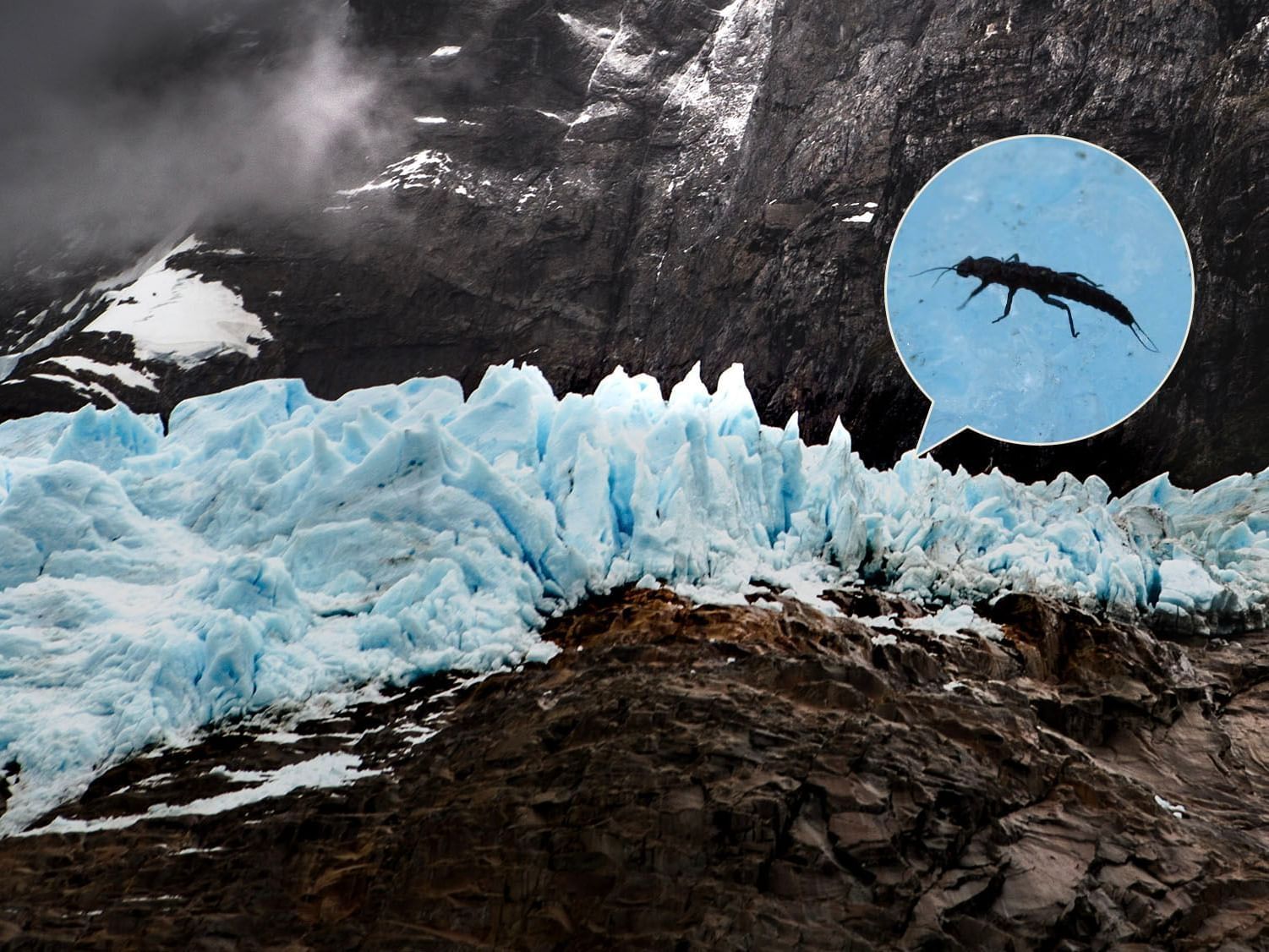The “Patagonian Ice Dragon” Abides: Rare Creatures in the Chilean Wilds
The “Patagonian Ice Dragon” Abides: Rare Creatures in the Chilean Wilds
Patagonia has a way of making one feel small, in part because of its jaw-dropping scale. The towering mountains, the glimmering fjords, the windswept pampas and impossibly wide skies… all are breathtaking reminders that here at the “end of the world,” nature reigns and grandeur is a given.
It’s no surprise, then, that a creature endemic to this region would be known by the imposing moniker “Patagonian Ice Dragon.” But names can be deceiving.
Because this isn’t a reptilian menace reminiscent of the Game of Thrones’ beasts. It’s a tiny prehistoric insect, with the scientific name Andiperla willinki. It’s just over a half an inch long. But what it lacks in size, it makes up for in resilience.
The Patagonian Ice Dragon is the only insect that inhabits the legendary Patagonian Ice Fields. A member of the stonefly family, it belongs to a very exclusive club in the natural kingdom—it’s an extremophile, a creature capable of surviving in conditions that would kill virtually any other animal. And “surviving” is putting it mildly—the creatures can live for up to 100 years!
The Ice Dragon spends its entire life in the ice of the glaciers here, from birth to death, in part thanks to glycerol, a natural sort of antifreeze in its blood. Beyond that, little is known about this diminutive denizen of the area, considering how hard it is to find and study in these inhospitable settings. What scientists do know is that it feeds on cryoconite, which is a type of dust common here that, by limiting glaciers’ reflectivity, can contribute to faster thawing. Since Patagonia’s glaciers are melting quickly, the Ice Dragon serves an important role in maintaining the region’s ecosystem.
This part of the world is a natural crucible—few creatures have been able to withstand the rigors of life in Patagonia. As you roam its wilds, you’ll have the opportunity to spot rugged wildlife here today. You may also, if you hike in the Sierra Bagueles mountains, even be able to spot fossils. After all, there is little development down here to disturb the serenity and cover over the natural history.
The Ice Dragon is generally less known than its ancient counterpart the Milodon (or giant sloth). The 10-foot-tall animal itself is long gone, but you can see where it once lived on an excursion to the famed Milodon Cave. It’s not likely that you’ll spot a Andiperla willinki, but its existence is a reminder that this is a ruthless yet regal environment where only the strongest species survive.
A place where resilience is a requisite. Where a giant has gone extinct, while a tiny “Dragon” abides.
